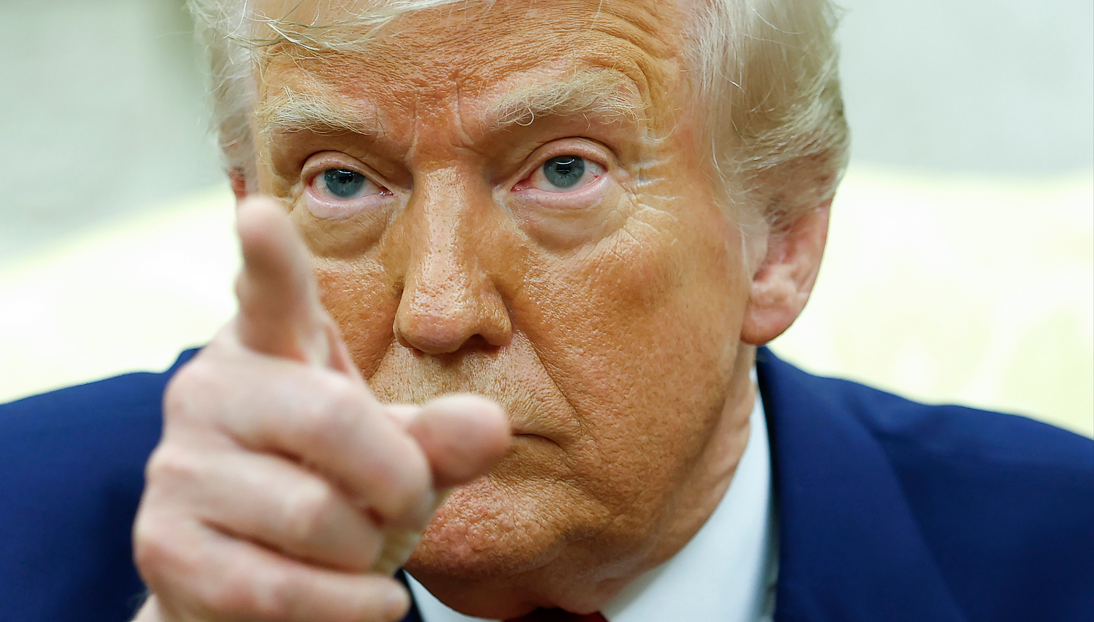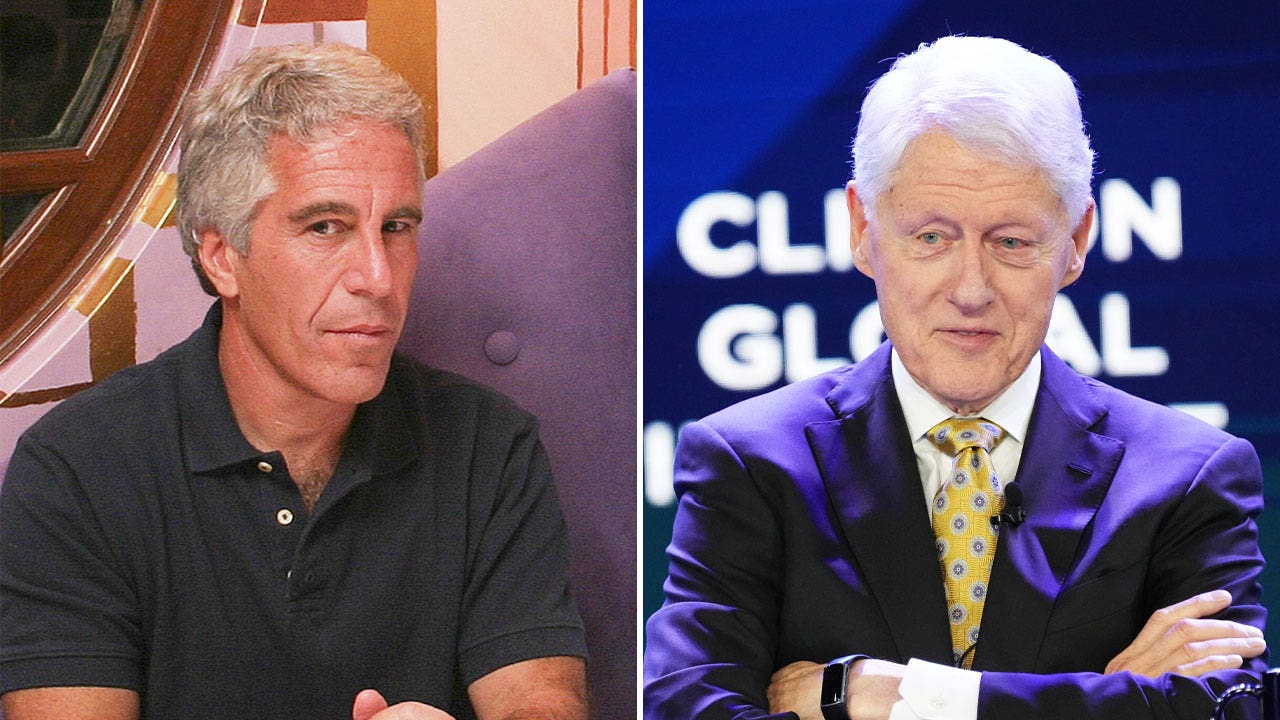Trump repeatedly walked back tariffs in first 100 days as WH announces latest relief to duty tax

President Donald Trump has made tariffs a central focus of his economic policy, aiming to reduce the trade deficit with foreign countries and boost American jobs and the economy. However, many of Trump’s tariff policies have faced reversals or pauses after being implemented.
In his inaugural address on January 20, Trump declared his intention to overhaul the trade system to protect American workers and families. He announced a series of tariff policies that would take effect in the coming weeks and months, with the goal of taxing foreign countries to enrich U.S. citizens.
Tariffs, taxes on imported goods and services, have historically been used to generate federal tax revenue. However, developed countries have moved away from relying on tariffs as a primary source of funding, shifting to other forms of taxes such as income, payroll, or sales taxes.
On his 100th day back in office, Trump signed an executive action easing tariffs targeting car manufacturers as he visited Michigan, a hub of the American auto industry. The plan will keep a 25% tariff on imported cars and auto parts but will offer offset credits to U.S. manufacturers to encourage domestic production.
Throughout his second term, Trump focused his tariff policies on China, Mexico, and Canada, seeking to address issues such as illegal immigration and the flow of fentanyl into the U.S. He imposed tariffs on imports from these countries, sparking outrage and retaliatory measures.
However, Trump later walked back or paused some of these tariffs after negotiations with the affected nations. For example, he paused tariffs on Canada and Mexico after they agreed to concessions to secure the U.S. border. The administration emphasized that these tariff changes were part of efforts to bring manufacturing and jobs to the U.S. and reduce the trade deficit.
Trump also announced a reciprocal tariff plan, charging countries the same tariffs they impose on the U.S. This plan aimed to address what Trump viewed as unfair trade practices by other nations. However, he later paused the customized duty taxes on dozens of countries for 90 days, citing the need for flexibility in response to changing financial markets.
Despite the fluctuations in Trump’s tariff policies, his administration has remained committed to using tariffs as a tool to level the playing field for American workers and businesses. The ongoing negotiations and changes to these policies reflect the administration’s efforts to achieve these goals while adapting to evolving economic conditions.




